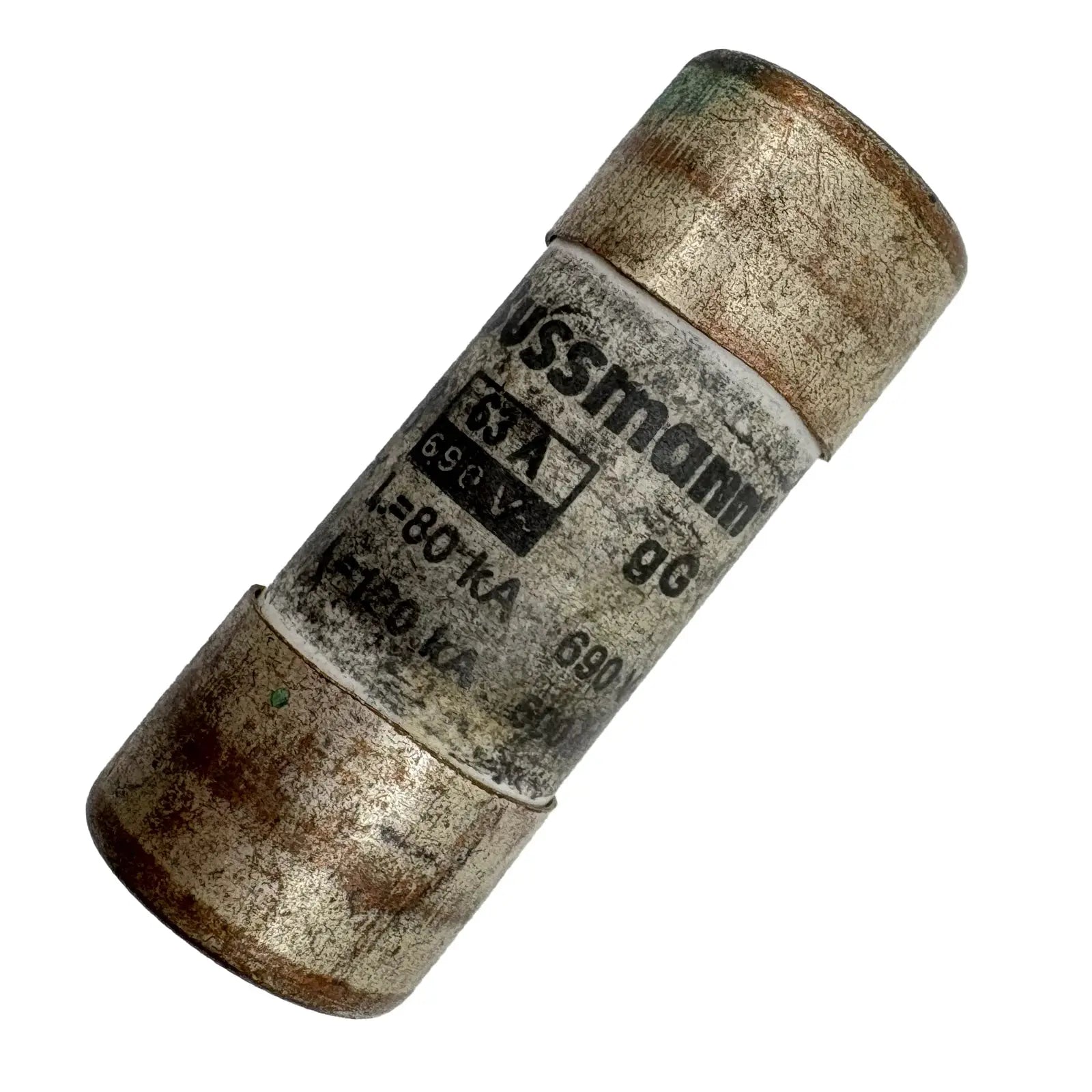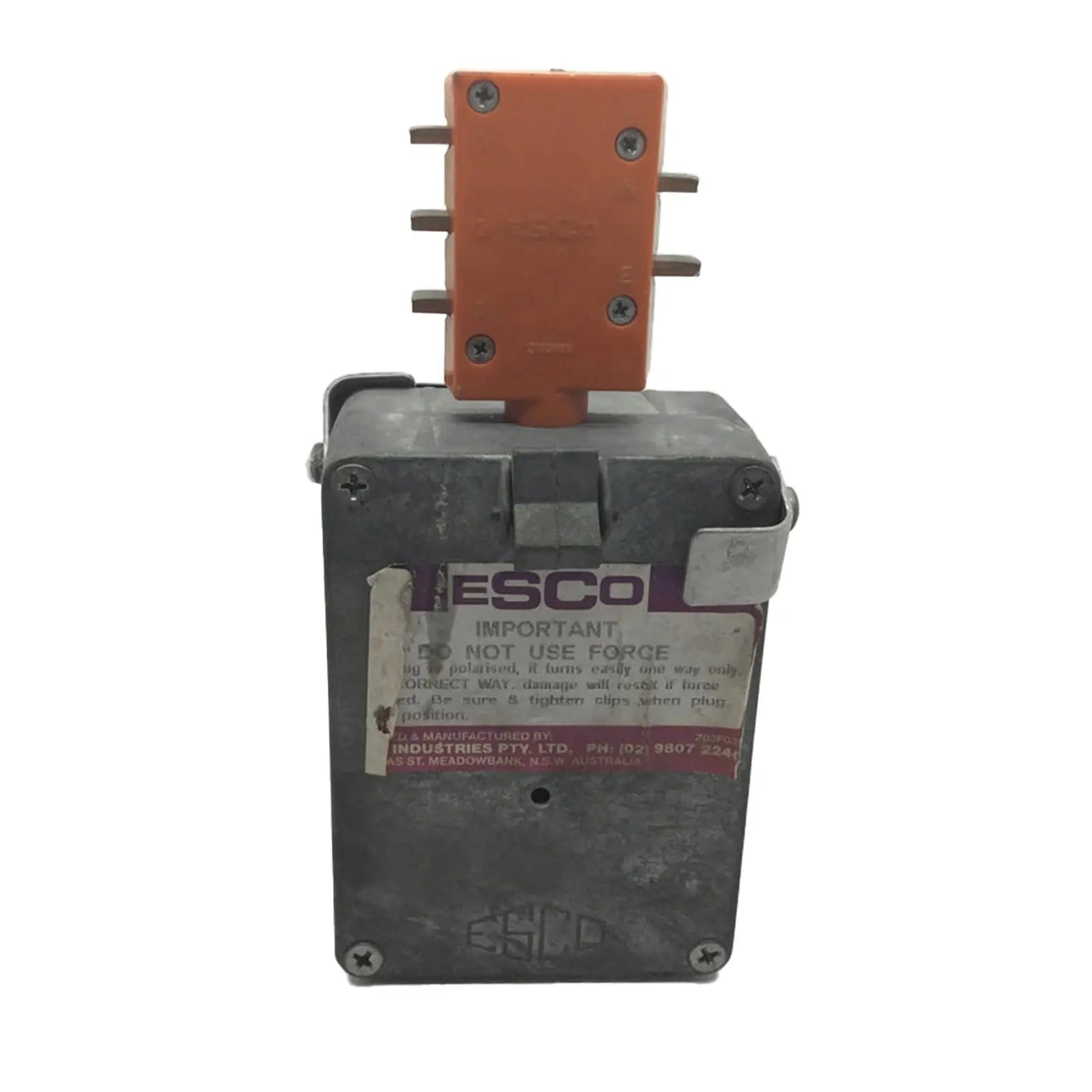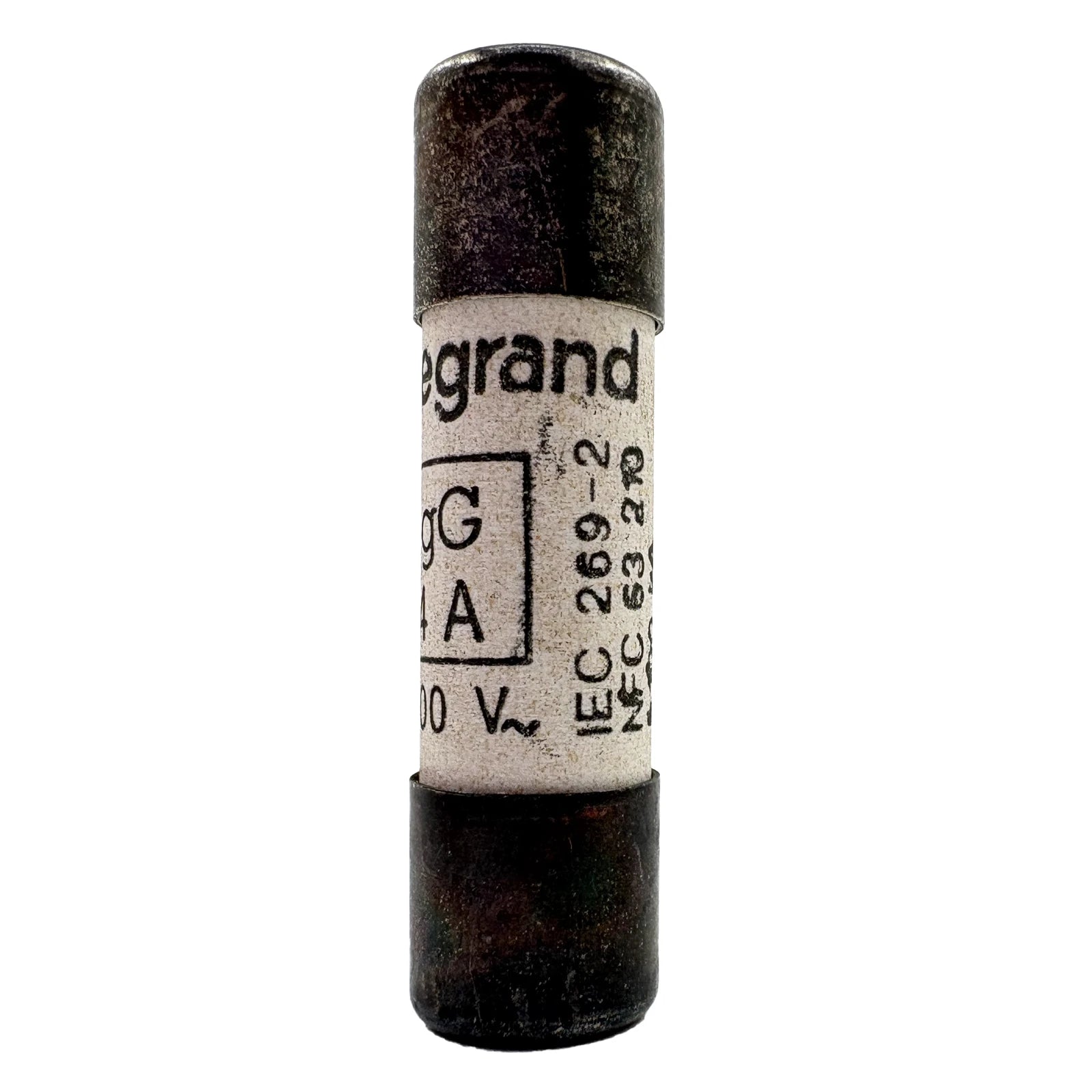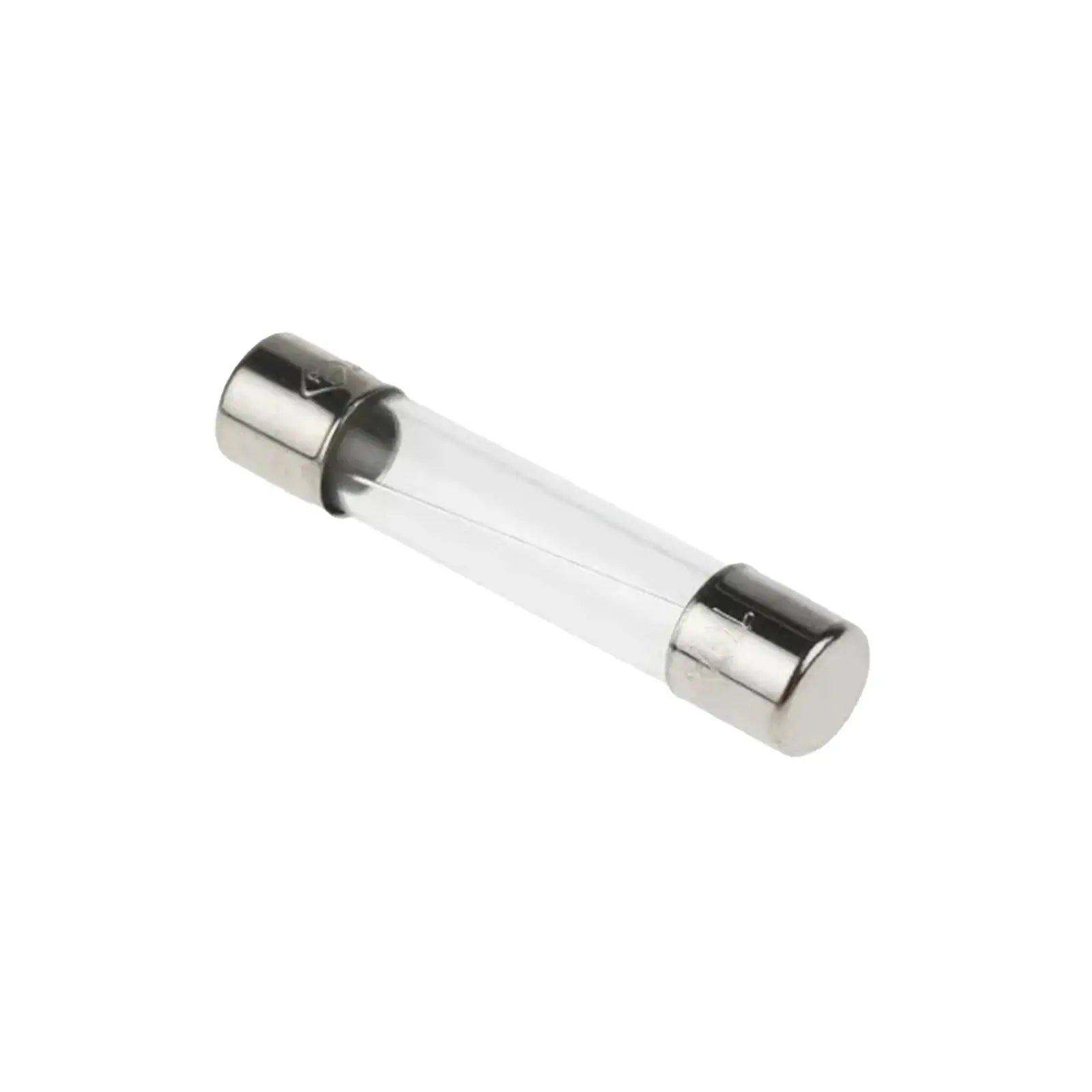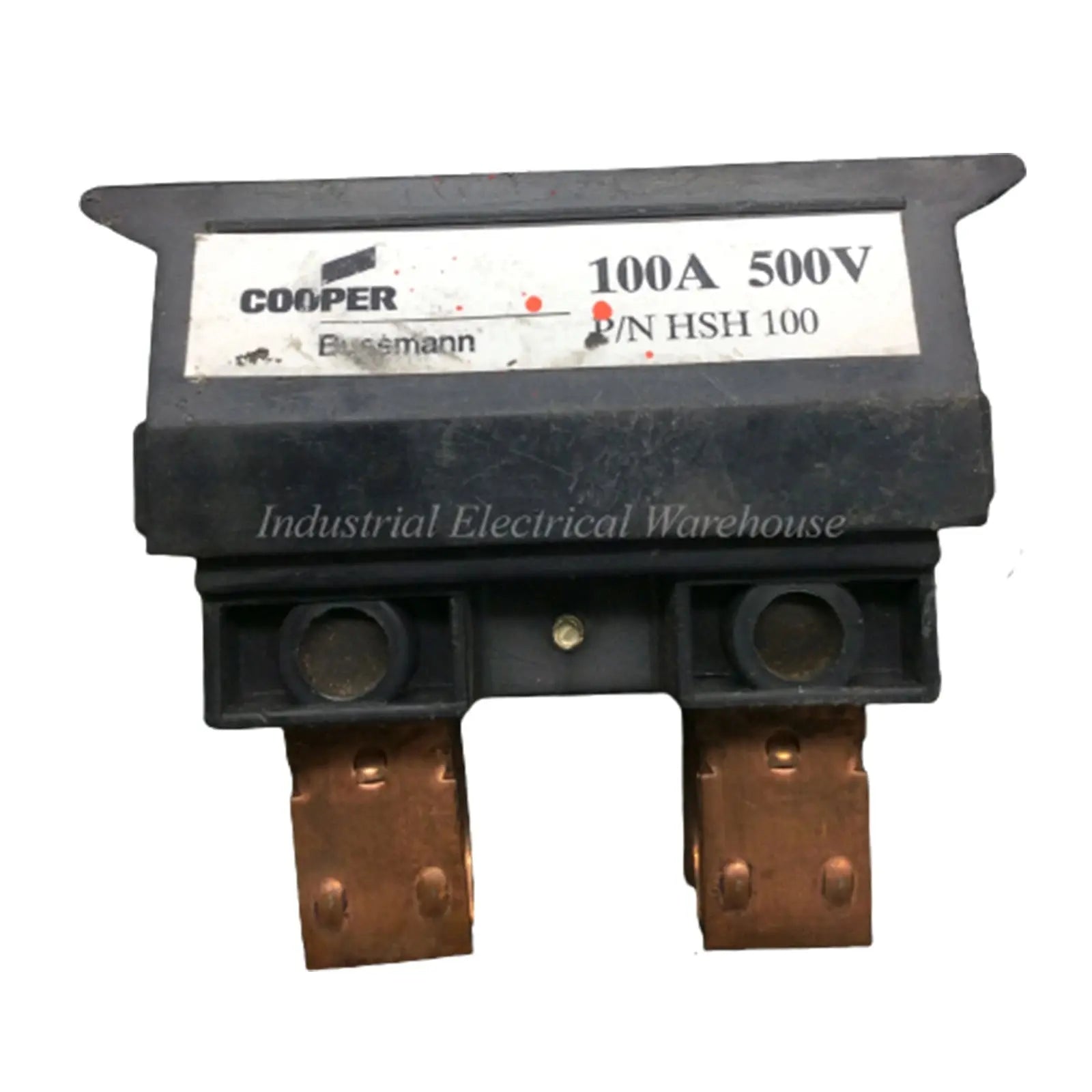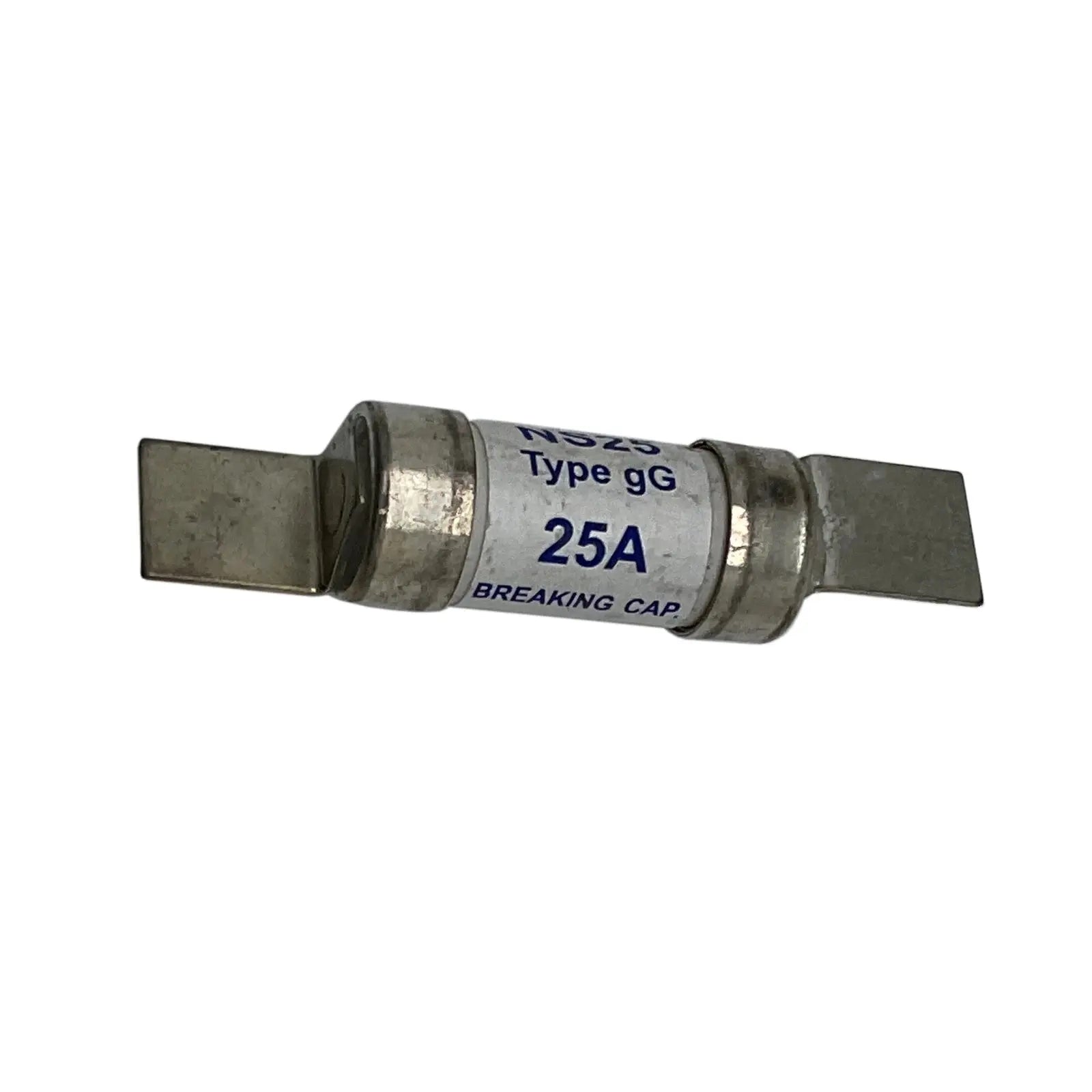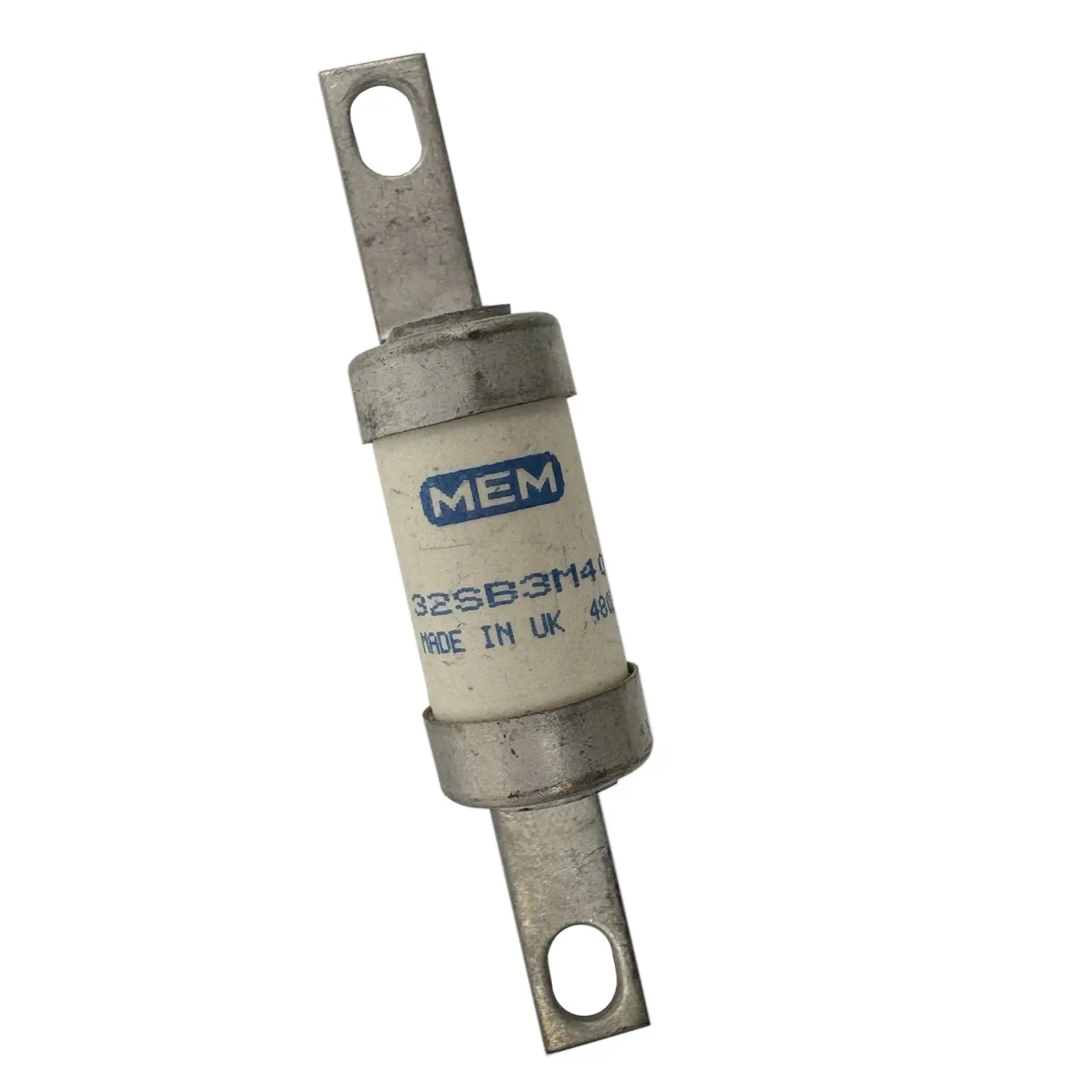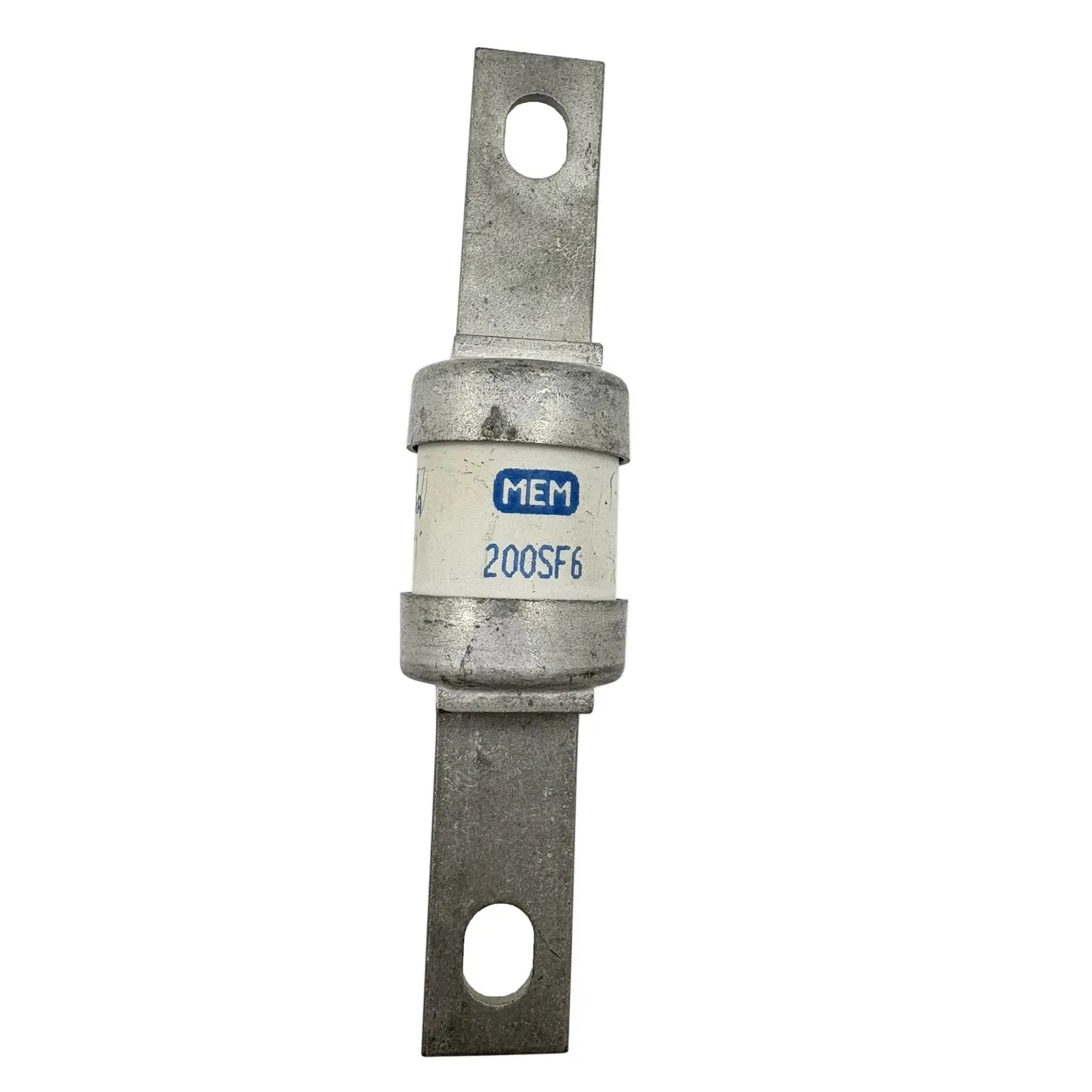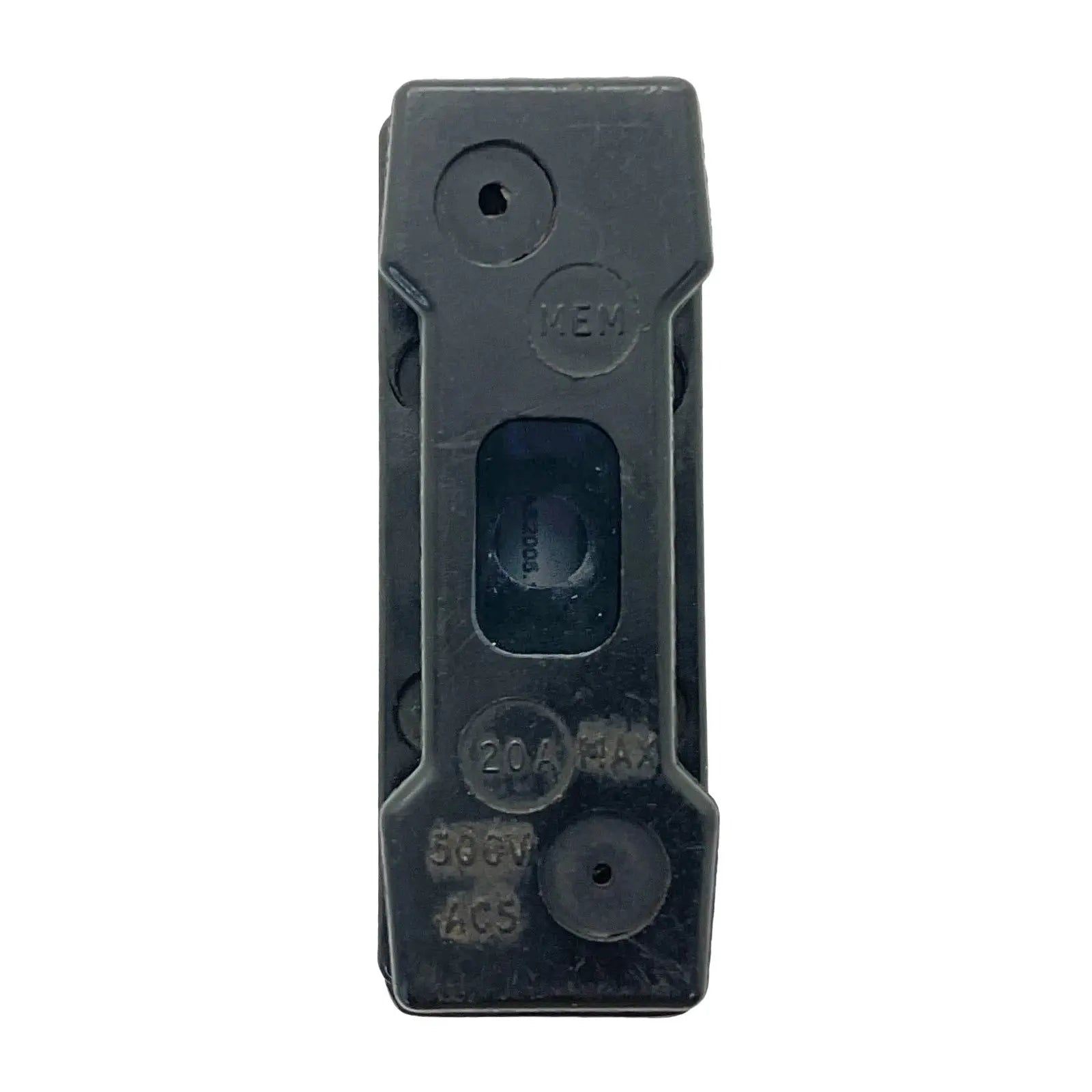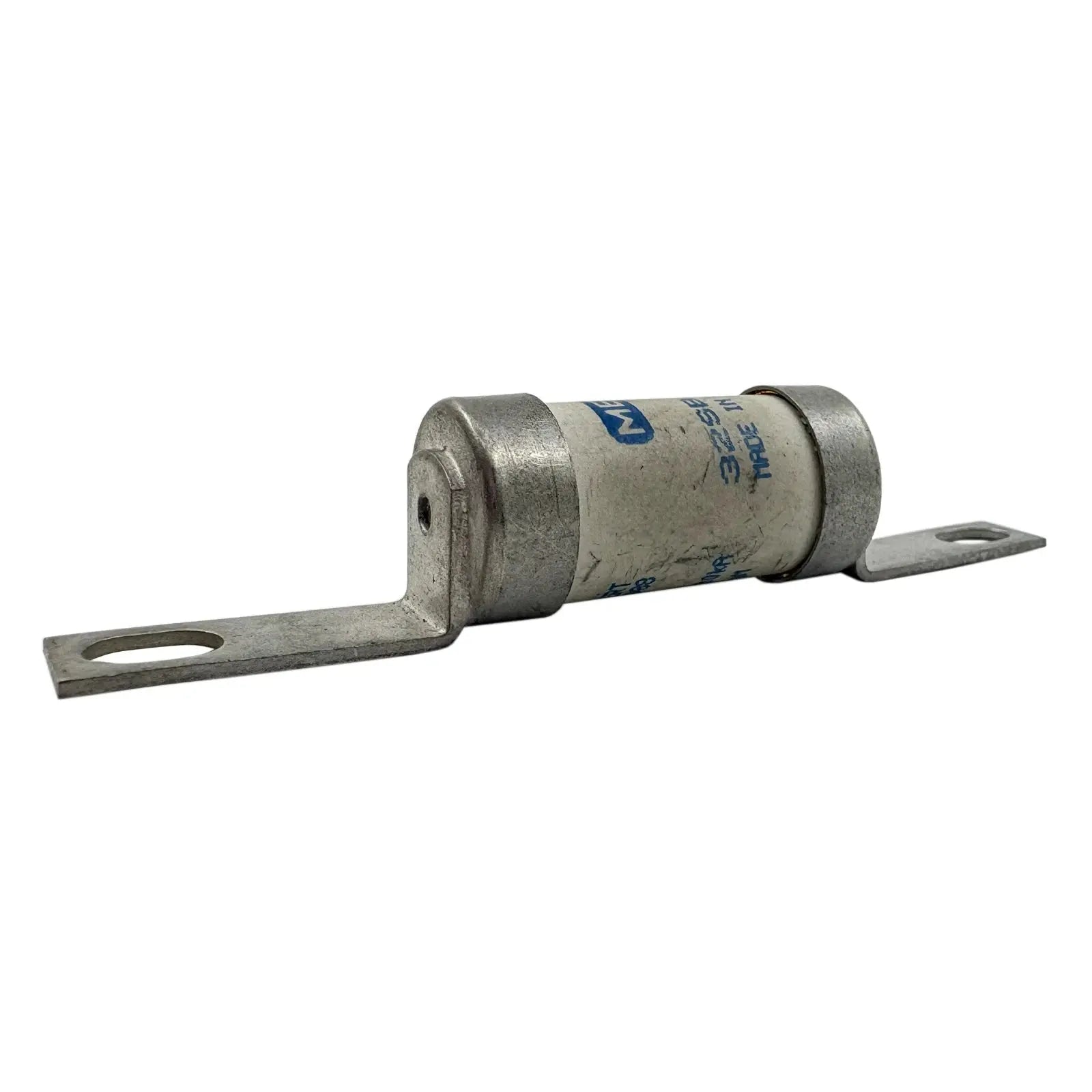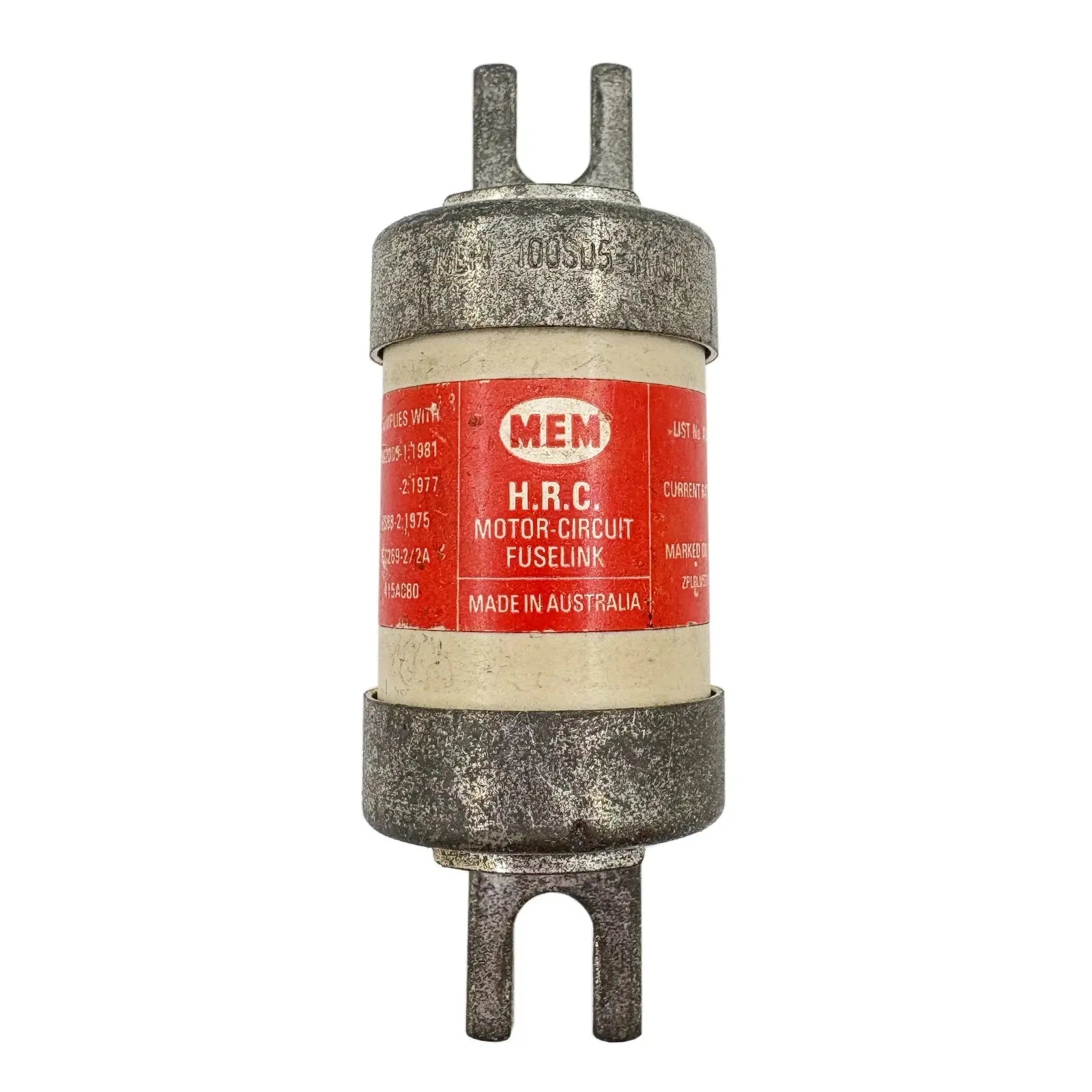Fusibles et supports : protégez vos circuits électriques
Dans un circuit électrique, la sécurité et la fiabilité du système sont primordiales. Les fusibles et leurs supports jouent un rôle crucial dans la protection de ces circuits en les protégeant des courants excessifs. Comprendre la fonction et les types de fusibles, ainsi que choisir le fusible et le support appropriés, sont essentiels pour garantir le fonctionnement optimal de votre système électrique.
Comprendre le rôle des fusibles et des supports
Les fusibles sont des dispositifs de sécurité conçus pour interrompre le courant électrique en cas de défaut ou de surcharge. Ils constituent le maillon faible du circuit et assurent la protection en fondant ou en claquant lorsque le courant dépasse leur valeur nominale. À l'inverse, les porte-fusibles maintiennent les fusibles en place, assurant une connexion sécurisée et facilitant leur remplacement.
La fonction de base des fusibles dans les circuits électriques
Les fusibles jouent un rôle essentiel dans les circuits électriques. Lorsque le courant dépasse la valeur nominale du fusible, celui-ci chauffe, ce qui provoque la fusion de l'élément fusible et la coupure du circuit. Cela permet d'éviter d'endommager les composants du circuit et de prévenir les risques potentiels, tels que les incendies ou les chocs électriques.
Importance des porte-fusibles dans la protection des circuits
Les porte-fusibles offrent non seulement un logement sûr pour les fusibles, mais garantissent également des connexions électriques correctes. Ils contribuent à maintenir l'intégrité du circuit et préviennent les connexions desserrées susceptibles d'entraîner une surchauffe et une panne. De plus, ils facilitent le remplacement des fusibles en cas de besoin, garantissant ainsi des réparations rapides et efficaces.
Plongeons-nous dans le monde des fusibles et de leurs supports. Saviez-vous qu'il existe différents types de fusibles, chacun conçu pour des applications spécifiques ? Par exemple, il existe des fusibles à action rapide qui réagissent rapidement aux surintensités, protégeant ainsi les appareils électroniques sensibles. D'autre part, il existe des fusibles temporisés qui peuvent gérer les surcharges temporaires sans griller, ce qui est utile en cas de brèves surtensions.
De plus, les porte-fusibles sont disponibles en différentes configurations pour s'adapter à différentes tailles de fusibles et options de montage. Certains sont conçus pour un montage sur panneau, tandis que d'autres conviennent au montage sur circuit imprimé (PCB). Cette polyvalence permet une intégration transparente des porte-fusibles dans différents systèmes électriques, offrant ainsi une solution fiable et pratique pour la protection des circuits.
Différents types de fusibles et leurs applications
Il existe différents types de fusibles, chacun conçu pour des applications et des besoins de protection de circuit spécifiques. Comprendre les différents types vous aidera à choisir celui qui convient le mieux à votre système électrique.
Fusibles à action rapide
Les fusibles à action rapide, également appelés fusibles à fusion rapide, sont conçus pour réagir rapidement aux surintensités. Ils sont idéaux pour protéger les appareils et composants électroniques sensibles susceptibles d'être endommagés par des pics de courant excessifs.
Imaginez un système informatique de pointe doté de composants hautes performances. Ces composants, tels que le processeur, la carte graphique et les modules mémoire, nécessitent une alimentation électrique stable et contrôlée. Cependant, les fluctuations de tension ou les pics de courant soudains peuvent menacer sérieusement leur fonctionnement et leur durée de vie. C'est là que les fusibles à action rapide entrent en jeu. En réagissant rapidement aux surintensités, ils agissent comme une protection, prévenant tout dommage potentiel à vos précieux équipements électroniques.
Fusibles temporisés
Les fusibles temporisés, également appelés fusibles à action retardée, sont conçus pour résister aux surintensités temporaires sans griller. Ils offrent une protection renforcée aux circuits soumis à des courants d'appel élevés au démarrage ou à des surintensités intermittentes.
Imaginez un appareil motorisé, comme un réfrigérateur ou un climatiseur. Au démarrage, ces appareils nécessitent une intensité de courant plus élevée pour surmonter la résistance initiale. Cette surtension soudaine, appelée courant d'appel, peut être plusieurs fois supérieure au courant de fonctionnement normal. Les fusibles temporisés sont spécialement conçus pour gérer ces surtensions temporaires sans interrompre le circuit. En laissant une brève période de stabilisation au courant d'appel, ces fusibles assurent le bon fonctionnement de vos appareils tout en offrant une protection fiable contre les surintensités.
Fusibles spéciaux
Les fusibles spéciaux sont conçus pour des applications spécifiques et offrent des fonctionnalités spécifiques. On peut citer par exemple les fusibles haute tension pour les systèmes de distribution d'énergie, les fusibles automobiles pour les circuits de véhicules et les fusibles thermiques pour la protection contre la surchauffe.
Examinons de plus près les fusibles automobiles. Dans les véhicules modernes, de nombreux circuits électriques alimentent divers composants, tels que les phares, les systèmes audio et les calculateurs moteur. Les fusibles automobiles sont conçus pour répondre aux exigences spécifiques de ces circuits, offrant une protection fiable contre les courts-circuits et les surintensités. Ils s'insèrent dans les boîtes à fusibles des véhicules, facilitant ainsi le remplacement d'un fusible grillé et le rétablissement du fonctionnement du circuit concerné.
Les fusibles haute tension utilisés dans les systèmes de distribution d'électricité sont un autre exemple de fusibles spéciaux. Ces fusibles sont spécialement conçus pour supporter les hautes tensions des sous-stations électriques et des lignes de transport d'électricité. Ils jouent un rôle crucial dans la protection des infrastructures électriques contre les défauts et les surcharges, garantissant ainsi une distribution sûre et efficace de l'électricité aux foyers, aux entreprises et aux industries.
Sélection du fusible et du support appropriés
Lorsqu'il s'agit de choisir des fusibles et des supports, plusieurs facteurs doivent être pris en compte pour garantir une protection optimale du circuit.
Un facteur crucial à prendre en compte lors du choix des fusibles est leur courant nominal. Ce courant doit être légèrement supérieur au courant de fonctionnement normal afin de tenir compte des courants d'appel. Cela permet au fusible de supporter des pics de courant soudains sans griller. Il est important de calculer soigneusement le courant d'appel attendu et de choisir un fusible avec un courant nominal approprié afin d'éviter toute défaillance inutile.
Un autre facteur important à prendre en compte est la tension nominale. La tension nominale du fusible doit correspondre à celle du circuit pour assurer une protection adéquate. L'utilisation d'un fusible dont la tension nominale est inférieure à celle du circuit peut entraîner une défaillance prématurée et endommager le circuit. À l'inverse, l'utilisation d'un fusible dont la tension nominale est supérieure à celle nécessaire peut ne pas assurer une protection adéquate.
Le pouvoir de coupure est également un facteur crucial. Il désigne le courant de défaut maximal qu'un fusible peut interrompre en toute sécurité sans causer de dommages. Il est crucial de choisir un fusible dont le pouvoir de coupure est suffisant pour gérer les courts-circuits potentiels. Choisir un fusible dont le pouvoir de coupure est inférieur à celui requis peut entraîner une défaillance catastrophique et présenter un risque pour la sécurité.
Pour choisir le porte-fusible approprié, quelques conseils sont à retenir. Tout d'abord, tenez compte de la taille du fusible. Le porte-fusible doit être compatible avec la taille choisie pour garantir un ajustement parfait. L'utilisation d'un porte-fusible trop petit peut entraîner un mauvais contact électrique et une résistance accrue, ce qui peut entraîner une surchauffe et potentiellement endommager le circuit.
De plus, le mode de montage du porte-fusible est un élément important à prendre en compte. Il doit offrir une fixation sûre et fiable pour garantir le maintien du fusible en place pendant le fonctionnement. Ceci est particulièrement crucial dans les applications soumises à des vibrations ou des mouvements, car un porte-fusible mal fixé peut entraîner des connexions intermittentes et une protection du circuit peu fiable.
Enfin, il est essentiel de prendre en compte la durabilité globale du porte-fusible. Des facteurs tels que les conditions environnementales et la résistance aux vibrations doivent être pris en compte. Choisir un porte-fusible conçu pour résister aux environnements difficiles, tels que les températures élevées ou l'humidité excessive, garantira sa longévité et sa fiabilité.
Installation et entretien appropriés des fusibles et des supports
Une installation et un entretien corrects des fusibles et des porte-fusibles sont essentiels à leur bon fonctionnement et à leur longévité. En suivant les procédures appropriées, vous garantissez la sécurité et la fiabilité de vos circuits électriques.
Étapes pour une installation correcte des fusibles
Lors de l'installation de fusibles, il est essentiel de suivre les procédures appropriées. Avant tout, privilégiez la sécurité en vous assurant que le courant est coupé avant toute intervention. Cette mesure simple peut prévenir les accidents et vous protéger des risques électriques.
Une fois l'alimentation coupée, l'étape suivante consiste à sélectionner la combinaison fusible/support appropriée en fonction des exigences du circuit. Il est essentiel de choisir un fusible d'intensité nominale appropriée pour éviter de surcharger le circuit. L'utilisation d'un fusible sous-dimensionné peut entraîner une surchauffe et des dommages potentiels.
Après avoir sélectionné le fusible approprié, il est temps de l'insérer fermement dans son support. Veillez à un alignement et un contact corrects entre le fusible et le support. Une connexion lâche peut entraîner une mauvaise conductivité électrique et une défaillance du circuit.
Enfin, une fois l'installation terminée, il est essentiel de rétablir le courant et de tester le circuit pour vérifier son fonctionnement. Cette étape permet de confirmer que le fusible est correctement installé et que le circuit fonctionne correctement.
Entretenir vos porte-fusibles pour des performances optimales
Pour garantir le fonctionnement optimal des porte-fusibles, un entretien régulier est essentiel. Inspectez régulièrement les porte-fusibles afin de détecter tout signe de dommage, comme de la corrosion ou des connexions desserrées. Ces problèmes peuvent compromettre l'efficacité du fusible et présenter un risque pour la sécurité.
Si vous constatez des dommages, il est essentiel d'y remédier rapidement. Nettoyez les porte-fusibles avec un solvant doux et un chiffon propre et non pelucheux. Cette simple opération d'entretien permet d'éliminer toute saleté ou débris pouvant nuire au bon fonctionnement du porte-fusible.
Si le porte-fusible est endommagé au-delà de toute réparation ou ne fonctionne plus correctement, il est important de le remplacer rapidement. Retarder le remplacement peut fragiliser vos circuits électriques et compromettre la sécurité globale de votre système.
En suivant ces étapes pour une installation et un entretien corrects des fusibles et des porte-fusibles, vous garantirez la longévité et la fiabilité de vos circuits électriques. Des inspections régulières et des remplacements rapides si nécessaire sont essentiels pour maintenir un système électrique sûr et efficace.
Problèmes courants et conseils de dépannage
Malgré leur efficacité, les fusibles et leurs porte-fusibles peuvent parfois présenter des problèmes. Savoir identifier et résoudre ces problèmes peut contribuer à préserver l'intégrité de votre système électrique.
Identification des problèmes courants de fusibles
Les problèmes de fusibles les plus courants incluent des fusibles grillés, des connexions desserrées et des calibres de fusibles incorrects. Les fusibles grillés sont généralement identifiables par une inspection visuelle, où un élément fusible cassé ou fondu est visible. Des connexions desserrées peuvent provoquer une surchauffe ou des pannes électriques intermittentes. Des calibres de fusibles incorrects peuvent entraîner une protection inadéquate ou des fusions fréquentes.
Techniques de dépannage pour les problèmes de porte-fusibles
Si vous rencontrez des problèmes avec le porte-fusible, comme une mauvaise connexion ou de la corrosion, commencez par inspecter visuellement le porte-fusible pour détecter tout signe visible de dommage. Nettoyez le porte-fusible et les contacts avec un solvant doux et une brosse douce. Assurez-vous que le porte-fusible est bien connecté au fusible. Si le problème persiste, envisagez de remplacer le porte-fusible pour éliminer tout problème potentiel.
En conclusion, les fusibles et leurs porte-fusibles sont des composants essentiels à la protection des circuits électriques. En comprenant leur rôle, en choisissant les bons types, en assurant une installation et un entretien appropriés et en résolvant les problèmes courants, vous pouvez améliorer la sécurité et la fiabilité de votre système électrique. Ces mesures protégeront vos précieux équipements, préviendront les dangers et maintiendront l'efficacité de vos circuits électriques.
Besoin de commandes en gros ou de recommandations d'experts sur PD-BF&H ?
Vous souhaitez commander des produits PD-BF&H en gros ou avez besoin d'aide pour choisir la solution industrielle idéale ? Notre équipe est là pour vous aider avec des devis personnalisés, des recommandations de produits et des conseils techniques. Que vous soyez électricien, entrepreneur ou chef d'entreprise, nous proposons des solutions sur mesure pour répondre à vos besoins.
📩 Contactez-nous ou discutez avec nous en direct pour une assistance instantanée !
Découvrez notre collection mensuelle d'offres de folie !
Profitez de réductions exceptionnelles dans notre magasin ! Découvrez les meilleures offres :
Explorez ces catégories maintenant et profitez des meilleures offres avant qu'elles ne disparaissent !
-
Tous les produits de notre gamme – Des produits de qualité supérieure sélectionnés avec soin pour vous.
-
Meilleures ventes – Articles préférés des clients et articles très demandés.
-
Offres spéciales et soldes Watts – Remises à durée limitée sur des produits incontournables.
-
Watts New – Nouveautés et dernières innovations.
-
Toutes les collections – Explorez tout ce que nous avons à offrir.
Explorez ces catégories maintenant et profitez des meilleures offres avant qu'elles ne disparaissent !
N'oubliez pas de consulter nos remises massives jusqu'à épuisement des stocks !





